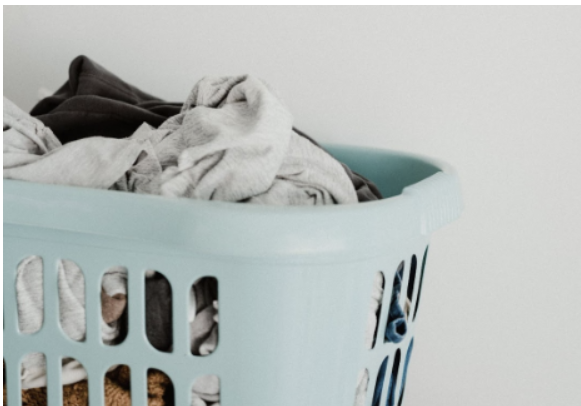As temperatures drop, households are being advised on how to dry their clothes indoors without causing dampness.
Home experts at Online-Bedrooms.co.uk are urging people to avoid using heated airers when drying their clothes to avoid creating excess moisture in the home.
The cold winter weather means that many will begin drying their clothes indoors and on airers. Placing wet clothes on heated airers and radiators and not distributing garments evenly across drying racks can lead to dampness and mould growth. To help the drying process, households are being told to put their washing on an extra spin cycle to remove excess water build up and dry their clothes in rooms that are well-ventilated.
Ben Slater from Online-Bedrooms said: “In the colder months there’s less opportunity to hang clothes outdoors to dry and a lot of people are cautious about using their tumble dryers too often and increasing their energy bill. This means people will be using drying racks to hang their clothes which is perfectly fine. However, if this isn’t done with proper care you can cause damage to your home by creating moisture and dampness. We don’t want to put people off using their airers, we just want them to be aware they need to be placed in well-ventilated rooms and well spaced out to avoid any problems down the line. Keep in mind that outdoor drying is still possible on dry days – if the ground outside is dry, your clothes should typically dry as well.”
How to safely dry clothes indoors in the winter to avoid damp:
- Choose a well ventilated room
The main thing you need to consider when drying clothes indoors is ventilation. Avoid small rooms and instead consider drying the clothes in the bathroom with an exhaust fan or a utility room with a window as both areas allow for good ventilation.
- Space out clothes
Cramming in laundry while it is drying could lead to a damp smell so ensure none of the clothes are overlapping one another. Ensuring that all washing is evenly spread out will also speed up the drying process.
- Add an extra spin on the machine
Adding an extra 10-minute spin to the washing machine is considerably cheaper than using the tumble dryer. It will remove extra water build-up meaning not only will the clothes dry quicker, but you won’t be hanging soaking wet clothes in your home.
- Avoid radiators and heated airers
Sticking clothes on radiators and heated airers may seem tempting but when the wet clothes come into contact with the warm heat, it lets off more moisture into the air which could eventually cause dampness and mould.
- Burrito method
Another way to soak up excess water is by using the burrito method which involves using a towel to soak up the excess water and moisture from clothing. Rolling the garment tightly into the towel like a burrito before wringing it out will significantly speed up the drying process.
- Use a dehumidifier
Consider using a dehumidifier throughout winter to remove any dampness from the rooms you dry your laundry in.
- Remember you can still use the outdoors
It can be easy to assume your clothes won’t dry outside in the winter but experts say that if the ground is dry, your laundry should dry too. Check the weather beforehand, if the forecast is dry and it’s not too cold then you should be fine to hang your clothes outdoors.


